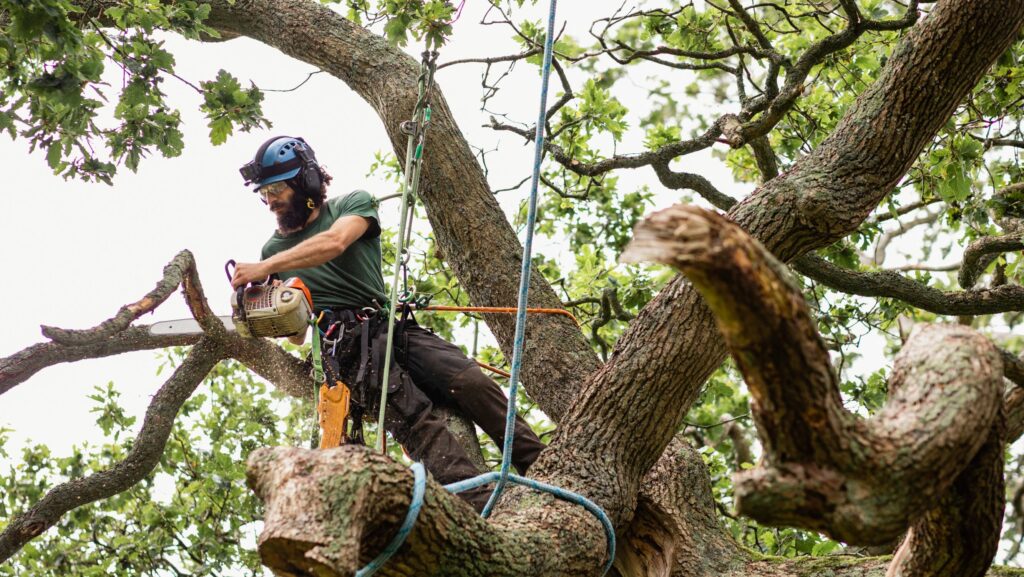There’s something comforting about a tall, old tree standing guard in a yard. It provides shade, a sense of history, and sometimes even becomes part of family memories. But trees don’t last forever, and when they start to decay or become unsafe, letting them go becomes a matter of protecting everything — and everyone — around them. That’s why services like tree removal sydney exist: not to take away nature, but to manage it responsibly when it poses risks.
When Trees Become a Hidden Risk
A tree that looks strong on the outside can sometimes be weakened within. Rot, disease, or pest infestations may hollow it out over time. Add in strong winds or heavy rain, and what once felt like a protective canopy can suddenly turn into a hazard. Branches can snap without warning, or worse, the entire tree could fall.
The damage isn’t always obvious until it’s too late. A fallen branch can crush a car, tear through a roof, or bring down power lines. Beyond property damage, the biggest concern is safety. That’s why it’s important to spot the warning signs early and act before nature takes its course.
Signs It May Be Time to Let a Tree Go
Not every old tree needs to be removed. Some can be treated, trimmed, or supported. But there are tell-tale signs that suggest removal is the safest choice:
- Leaning trunks — a sudden tilt can indicate weakened roots.
- Hollow or soft spots — often a sign of decay.
- Large dead branches — which can break and fall unpredictably.
- Cracks in the trunk — structural weaknesses that may worsen quickly.
- Fungal growth at the base — a sign that the roots are compromised.
If you’re unsure, a professional arborist can assess whether trimming, treatment, or complete removal is the best course of action.

Balancing Safety with Care for the Environment
Many people hesitate to remove a tree because they feel it means losing part of their landscape or harming the environment. But responsible removal is often about balance. Cutting down one unstable tree can protect the other trees, gardens, and wildlife around it.
In many cases, professionals can recommend replacements. Planting new saplings in place of older, unsafe trees helps maintain the greenery while ensuring the area remains safe and healthy. This cycle of renewal allows people to enjoy the benefits of trees without facing unnecessary risks.
How Professionals Handle the Process
Tree removal is far from a simple weekend project. It requires skill, planning, and the right equipment. Professionals typically:
- Assess the tree — identifying risks, the tree’s health, and the safest removal method.
- Plan for safety — making sure people, property, and surrounding plants are protected.
- Use specialised equipment — from climbing gear to cranes, depending on the size and location.
- Dispose responsibly — ensuring timber, branches, and green waste are either recycled or removed safely.
For larger trees or those close to homes and power lines, professional handling isn’t just recommended — it’s essential.
Preventative Care: Not Every Solution Is Removal
While removal is sometimes necessary, many issues can be addressed through proper maintenance. Regular pruning reduces the weight of heavy branches, while treatments can sometimes fight off disease or pests. Mulching and watering at the right times also keep trees healthy and resilient.
By investing in routine care, property owners can extend the life of their trees and reduce the chance of sudden emergencies.
Creating a Safer Space for the Future
Letting go of an old or dangerous tree doesn’t have to feel like a loss. In many ways, it’s an act of protection. It safeguards homes, preserves the landscape, and creates space for new growth. Replanting with younger, sturdier trees can transform a property over time, ensuring shade and beauty for years to come.
The goal isn’t just removal — it’s renewal. By approaching tree management with care and foresight, property owners can create spaces that are both safe and thriving.

